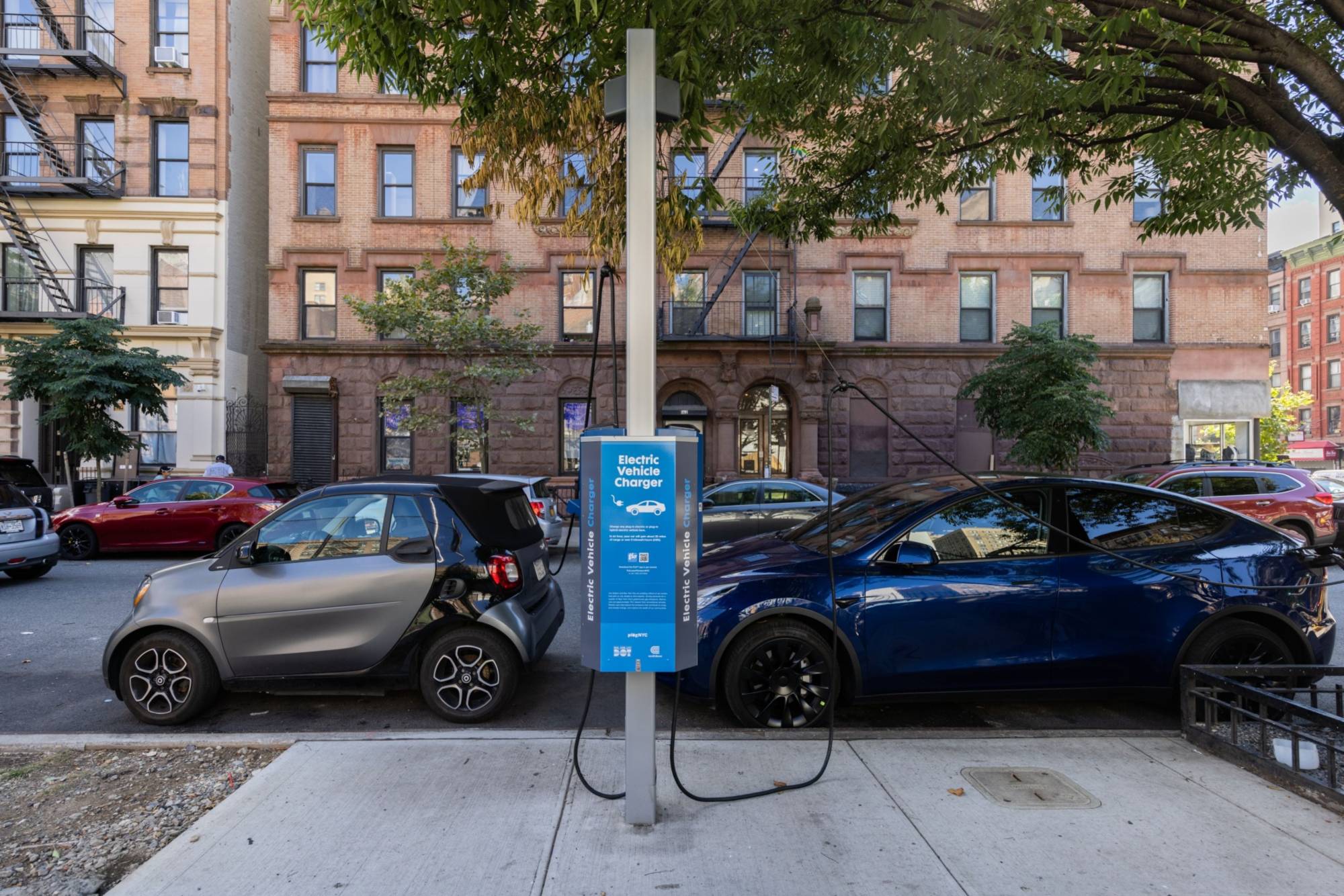According to the Netherlands National Charging Infrastructure Program (NAL), the country now has nearly 184,000 public charging points, a density of 10.04 points per 1,000 people. This is the highest in Europe and surpasses many large economies like Germany, France, and Italy. Charging infrastructure coverage has reached 83% nationwide, with about 1,600 new charging points installed monthly. Including private and semi-public charging systems, the total number of charging points in the Netherlands has exceeded 500,000.
The Dutch government aims to increase the number of charging points eightfold by 2030 to meet demand as annual electric vehicle sales are projected to exceed 200,000 from 2025. The country also enacted a legal framework 5 years ahead of the European Union's target. While the EU plans to stop selling internal combustion engine vehicles from 2035, the Netherlands has chosen 2030.
Many cities have started implementing Zero Emission Zones (ZEZ) from 2025, requiring new trucks, vans, and taxis to use electricity or hydrogen. Amsterdam aims to ban all gasoline and diesel vehicles by 2030, while adding 128 electric buses and 160 charging stations in 2024.
 |
A charging station in the Netherlands. Photo: Mobilityenergy |
A charging station in the Netherlands. Photo: Mobilityenergy
Beyond government policy, the private sector is also encouraged to play a leading role. Commercial operators are not only expanding the charging network but also testing battery swapping stations and fast charging stations along highways. People can find charging stations in most residential areas, including rural areas.
Experts believe this approach helps the Netherlands effectively solve the "chicken and egg" problem in the transition to electric vehicles. When charging infrastructure is widespread, the fear of "running out of battery on the road" is significantly reduced, enabling people to confidently switch vehicles. The Netherlands' success is not only due to its small size and high population density but also to the effective coordination between central, local, and business entities.
Experts suggest Vietnam can learn from the Netherlands' experience in building infrastructure and policies for electric vehicles. Although still an emerging market, Vietnam is recording rapid growth. According to data from the Vietnam Automobile Manufacturers' Association (VAMA) and the Ministry of Industry and Trade, in 2024, electric and hybrid vehicles accounted for 22% of total new car sales. BloombergNEF has also ranked Vietnam among the fastest-growing electric vehicle markets in Southeast Asia for three consecutive years, second globally only to Brazil.
Policy is seen as the "key" to promoting this trend. From 3/2022, the government completely exempted registration fees for battery-powered electric cars until 2/2027. Hanoi and Ho Chi Minh City are developing plans to restrict gasoline-powered motorcycles and expand support policies for electric motorcycles – a dominant vehicle segment in Vietnam.
Domestic manufacturers are also making efforts to change consumer habits towards a greener direction. VinFast is a prominent example with many large incentive policies applied nationwide, such as price incentives; free charging; interest rate support for installment purchases; a zero-dong car purchase program; and a 100% registration fee waiver when purchasing VinFast electric motorcycles. Additionally, VinFast recently announced the deployment of a network of 150,000 charging ports across 34 provinces and cities, along with a battery swapping station model for electric motorcycles. Experts believe these developments indicate that the Vietnamese market is entering a period of rapid acceleration in its transition to green vehicles.
Thai Anh












